Hello, everyone! Today I am bringing you a post that I am sure will receive both good and bad feedback. It’s to be expected with such a controversial topic, which I’ll discuss below. We are going to talk about the pros and cons of Health Canada’s new Food Guide. You may have heard about the new Canadian food guide, which came out earlier in 2019. It’s being considered a big step towards a greener future on social media and the news, but why? Keep reading to find out.
The new plate
The new “plate,” which is essentially the logo for the food guide, only contains a few tiny pieces of meat with lots of plant-based proteins. Instead of the four food groups from the 2007 food guide (fruits and vegetables, grains, meat and dairy) we now have three groups: fruits and vegetables, whole grains and proteins (mainly plant-based ones). Water is now the “recommended drink of choice.”
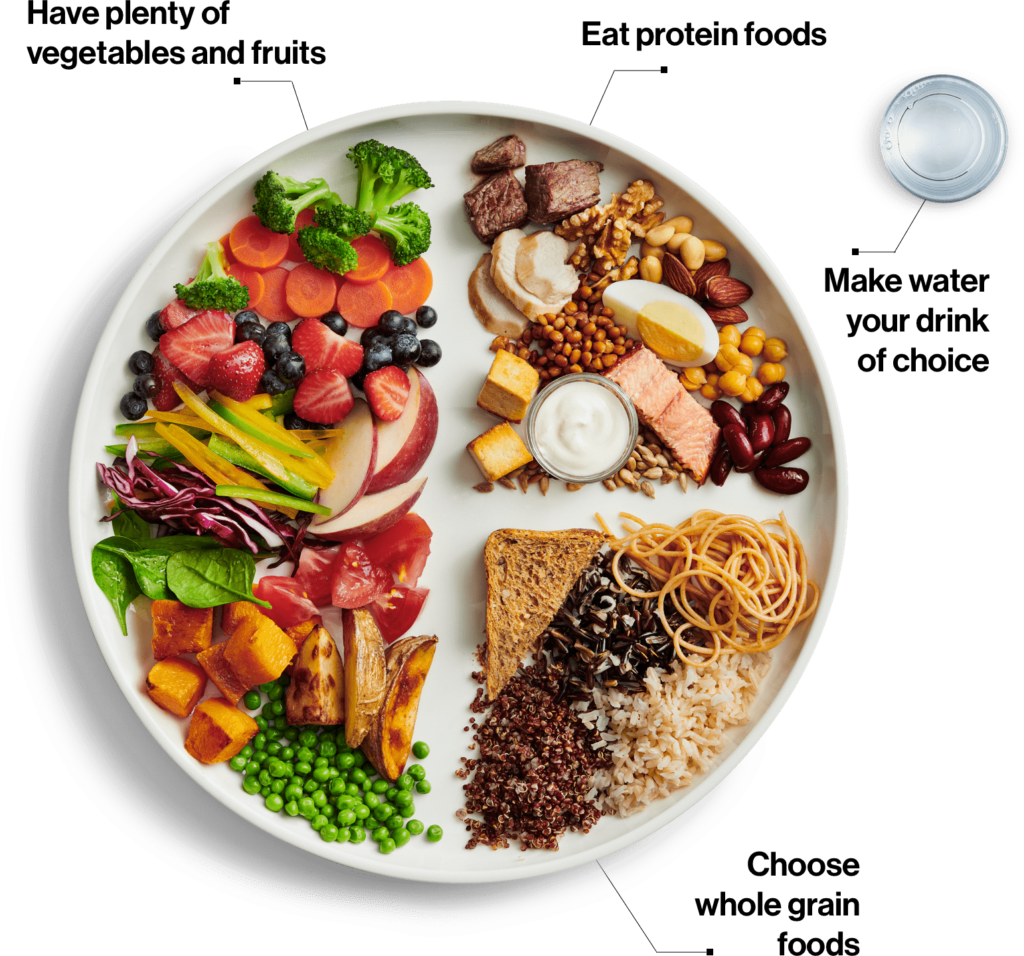
Source: Health Canada
Now you may be able to image why health fanatics and veggie-lovers alike are going crazy about this guide. Vegans and vegetarians are getting more representation in food culture. Food bloggers and Instagramers promoting a plant-based diet for health reasons now have the federal government’s support. This is another step towards a future of fewer factory farms, more vegetarian/vegan options in restaurants, and less emissions in our atmosphere from meat production!
I’m probably proposing a controversial opinion when I say I don’t totally support this new food guide. Funny, right? The vegetarian doesn’t agree with the government’s food guide telling us to eat less meat. That’s not exactly how I feel, though, so allow me to explain in this post. By no means am I bashing the new food guide completely, but I think that there are some critical factors being overlooked and the guide’s recommendations disregard minority groups in our society.
No matter what your opinion is on the food guide, I suggest giving this post a read. It’s always good to view a topic as controversial as our diets with an open mind and not criticize others for what they choose to believe. Who knows, maybe you’ll learn something new from this.
Without further ado, let’s discuss why this guide isn’t as sustainable as made out to believe.
Food accessibility
The greatest problem that the guide fails to address is accessibility. While, yes, I love that the guide encourages us to eat more fruits and vegetables, and yes I have an abnormal love for vegetables, not everyone in Canada has access to these fresh, wholesome foods. I wrote this blog post about food insecurity in Canada, and how food insecurity has many shapes and forms; oftentimes malnourishment occurs in households that have a lot of food, but those foods are highly processed and devoid of essential nutrients. Chips, pop and fast food are much cheaper than organic fruits and vegetables and can be bought in large amounts with long storage lives.
Families or household living in poverty or lower than average incomes can’t afford to spend hundreds of dollars on fresh foods every week. To feed their families, they need energy-dense foods and a lot of them. Highly processed, cheap foods are the best ways for them to get their families the energy they need. Unemployment in Nunavut is at 15.1 percent; it is 14.2 percent in Newfoundland and Labrador; the national average is 5.8 percent. With fruits like grapes costing more than 13 dollars per kilogram, it’s no wonder that 76 percent of First Nations’ children in Canada face food insecurity. The new guide overlooks those that cannot afford to follow their suggestions that push for more expensive plants and less cheap processed foods.
 Source: Georgetown Common
Source: Georgetown Common
Some communities thrive on farming. Especially in Canada, many rural communities rely on the these farms to provide them and their neighbours with food. When I go to the farmer’s market in my city during the summer there are several local butchers serving their products. Livestock farmers support the local economy and food systems of communities across the country.
If we demand a food system with less meat and more exotic fruits and vegetables, we are harming our local farmers and economy. Instead of buying the carton of eggs from our neighbour, we’re asked to buy dragonfruit, pineapple and bananas grown in other parts of the world that weren’t even available commercially in this continent a century ago. Don’t buy the steak from your cousin’s farm because it’s too high in saturated fat; instead buy the bell pepper grown in Spain or tofu made from soybeans from Argentina that produced more greenhouse gases to arrive at your local grocery store than your cousin’s farm will ever produce. Where’s the sustainability in that?

Cultural traditions
The new guide does not reflect the traditional lifestyles of many Inuit, Metis and First Nations people of Canada. Their food culture has involved hunting their own meat and using all parts of the animal to not only feed their families but to respect the animal that gave up its life to feed them. This new food guide that recommends a diet with limited meat consumption and less saturated fats is irrelevant to their culture. With the way it is structured now, following its guidelines would require them to compromise and sacrifice their traditional ways of life.
There is a section in the new food guide devoted to embracing food culture and recognizing the different cultural history of Indigenous Peoples, which I like, but I feel that their suggestions to incorporate healthy eating with traditional foods may be a little too ambitious if communities cannot access “healthy” alternatives. In addition, hunting communities are often very healthy when they have enough to eat even though they are consuming meats, saturated fats and the few fruits or vegetables local to them. For a country recognized as inclusive and welcoming to all, I feel that we still fail to acknowledge and accommodate the needs of all our people. More work needs to be done in this area to make this new food guide inclusive for all Canadians.
Meat and dairy have been fundamental to food cultures across the world. You can’t expect these food cultures to suddenly carry on without them. In addition, limiting one’s consumption of them could be dangerous. For instance, studies have found that infants who were not given cows milk during infancy suffered malnourishment, anaemia, rickets and edema. If we substitute cows milk for plant-based milk during an infant’s crucial growth stages, we may be depriving them of the essential nutrients they need to grow up healthy and strong.
I also feel that putting an emphasis on increasing our consumption of “whole foods” while limiting (note: not completely omitting) processed foods can create some distorted thoughts around food. It makes us view food in a “good” and “bad” lens: fruits, veggies, whole grains, nuts and other plant proteins are “good” while treats like cake, muffins, chips, sugary drinks or other things not on the plate or in too large quantities are “bad.” If you know me, you know I’m also studying nutrition in university. As a result I have a lot of people asking me “is this good for me? Should I eat xxx or xxx?” My response is always “if it makes you happy (thinking short and long term here) then you should eat it.”

I don’t go by what is considered “good” and “bad” according to diet standards. I used to, but then I realized how unsustainable and self-destructive such thought patterns are. I eat a lot of plant-based foods because I like them. But I also eat ice cream every day and homemade cookies that I bring as a treat to work.
As I write this blog post, I’m drinking a tea latte made with sweetened soy milk in a cafe. Would the new Canadian food guide approve of my sugary soy milk instead of water as my “recommended drink of choice”, or my daily consumption of treats? Probably not. However, I’m eating plenty of “whole foods” as well, and I’m not eating an entire container of ice cream daily. I have a glass of water beside me as I drink this latte, and I make sure to drink at least 8 glasses of water every day. I haven’t had a heart attack from eating ice cream as often as I do (which as we all know is high in fat *shudders dramatically because apparently fat it the devil* (which it’s not) and I’m fine. I eat what makes me happy, what is good for my physical and mental health. Life is about balance.

The "Ideal" Body size
Another concern I have is the way that this guide portrays body types and demonizes specific body shapes, especially with children. Hear me out on this one before you criticize the point. The new guide promotes “healthier” eating partly to fight childhood obesity. Canadian children have poor access to nutrient-dense foods, especially in school settings. I can attest to this, especially when looking back at the foods available in my high school’s cafeteria (fries, burgers, hash browns, giant cookies-I think there was only one source of veggies, and that was iceberg lettuce in the salads). UNICEF has created an annual report to grade its participating countries in how well they are doing at achieving the Sustainable Development Goals. One of these goals is “End hunger, achieve food security and improved nutrition.” Canada ranks number 37 out of 41 countries; the United States is 36 and Mexico is last at 41.
How can countries with so much wealth be doing so poorly at feeding our people adequately? How can we ever expect a change in our children’s health if we don’t address the fact that parents can’t afford to change what their children eat? There is an ever-growing economic divide between the richest and poorest Canadians. Until now it hasn’t been the country’s priority to ensure food security for all, and it still doesn’t seem to be something the government strives to change in the near future. There’s been countless attempts and demands from researchers and food advocates alike to implement a national school food program to provide more nutritious, wholesome foods in our schools, but every single one of these attempts has been shut down.
Anyway, back to the body problem. As I said, the guide hopes to educate parents on how to feed their children better to reduce levels of childhood obesity and help them “maintain a healthy weight.” Aside from the fact that the parents may not be able to afford “healthier” foods, this statement bothers me because whose to say what a “healthy weight” even is? Paediatricians and practitioners alike use the BMI scale to determine if you are a “healthy weight,” but this measurement only takes into consideration your weight, height and age. It doesn’t consider what your genetically-determined build is, your bone density, how much muscle you have or anything else. Some people may naturally have a higher BMI but be much healthier than someone with a “normal” BMI. Nonetheless, doctors use this measurement to tell parents that they need to make their children lose weight in order to be healthy.
Obesity in itself is not a problem. Yes, there are diseases and health complications that are more likely to occur if you are obese or overweight, but that doesn’t make every single person that is overweight is unhealthy. Someone who is “thin” can have diabetes or a heart attack, just like someone who is “obese.” There are “obese” athletes out there, and I guarantee you that many bodybuilders/wrestlers have a high BMI because their weight-to-height ratio is out of whack as a result of all the muscle they’ve built.
The food guide is basically telling us that if you have a certain body size then that is “bad” and is all because of what you eat, and you should manipulate your diet and body to become a “good” size. Our body size is attributed to so much more than just what we eat. Genetics is one of the greatest factors determining this. Telling a child that they’re too heavy and need to lose weight is going to hurt them physically, mentally and emotionally. Why can’t be just let them live their lives without worrying about their body size? Yes, try to get in some vitamin and mineral-dense foods like fruits and veggies, but don’t deprive your child of treats because you don’t want them to be “fat.”
It's not all bad
Don’t get me wrong, there are many parts of the new guide that I do like. For instance:
The guide omits suggested serving sizes and recommends limiting one’s consumption of processes foods. I like this because you shouldn’t be eating what a package tells you is a “portion.” You should be eating what makes you feel satisfied. For example, in the old food guide one slice of bread was one serving. Who eats a sandwich made of one slice of bread? This also helps to eliminate food guilt if you “overeat” a suggested portion size.
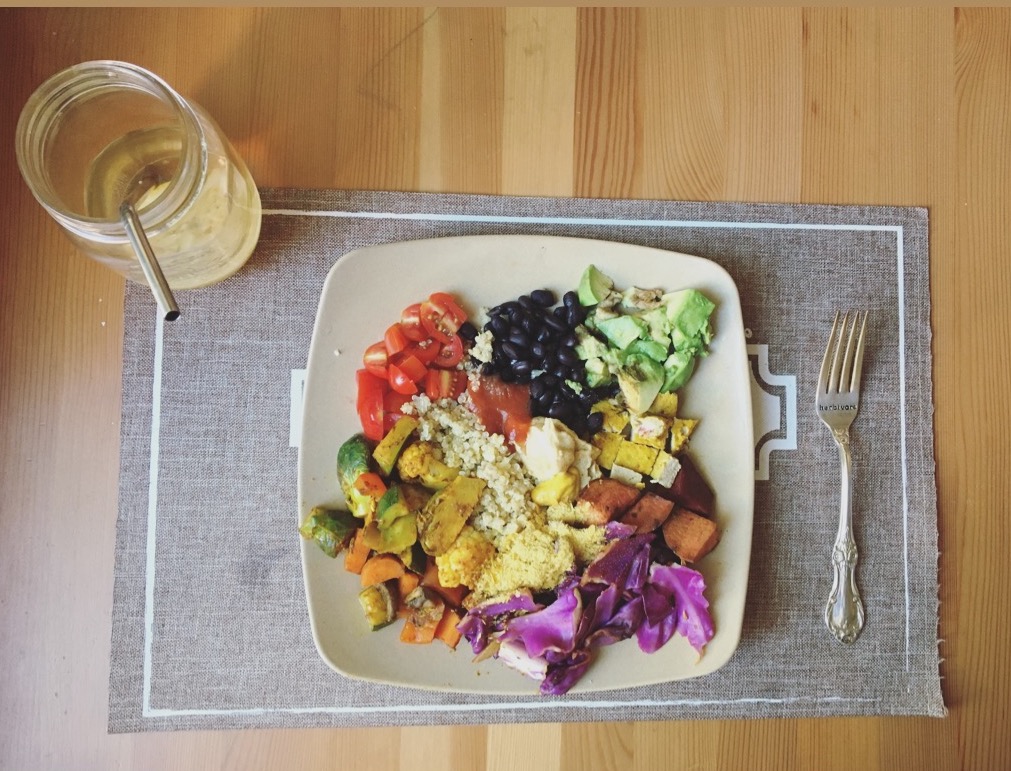
slow down, cook more
The guide recommends taking the time to eat and encourages us to cook. In today’s fast-paced society, we often eat on the go: in the car on the way to work, as we’re rushing out the door on the way to class, standing at the bus stop or train station with our phone in one hand and a sandwich in the other. How often do we have dinner at the dining table with our families anymore? Not only are we not enjoying our food as much this way, but we’re also not digesting the foods as well as we could be.
When you’re focused on something else like getting to work or not being late to class, your stress levels are higher than they should be. Stress physiologically causes your adrenal glands to releases cortisol, which inhibits digestion so your body can focus on defending yourself against whatever is causing it stress. We won’t absorb the nutrients we’re consuming as well, which can just put our body into more stress. Next time you’re eating a meal or a snack, sit down at the table, put your phone down and just eat. This allows us to be more mindful while eating, to be thankful for our food and to appreciate what we have. Plus, cooking is a great skill to have, and a fun thing to do with friends and family.
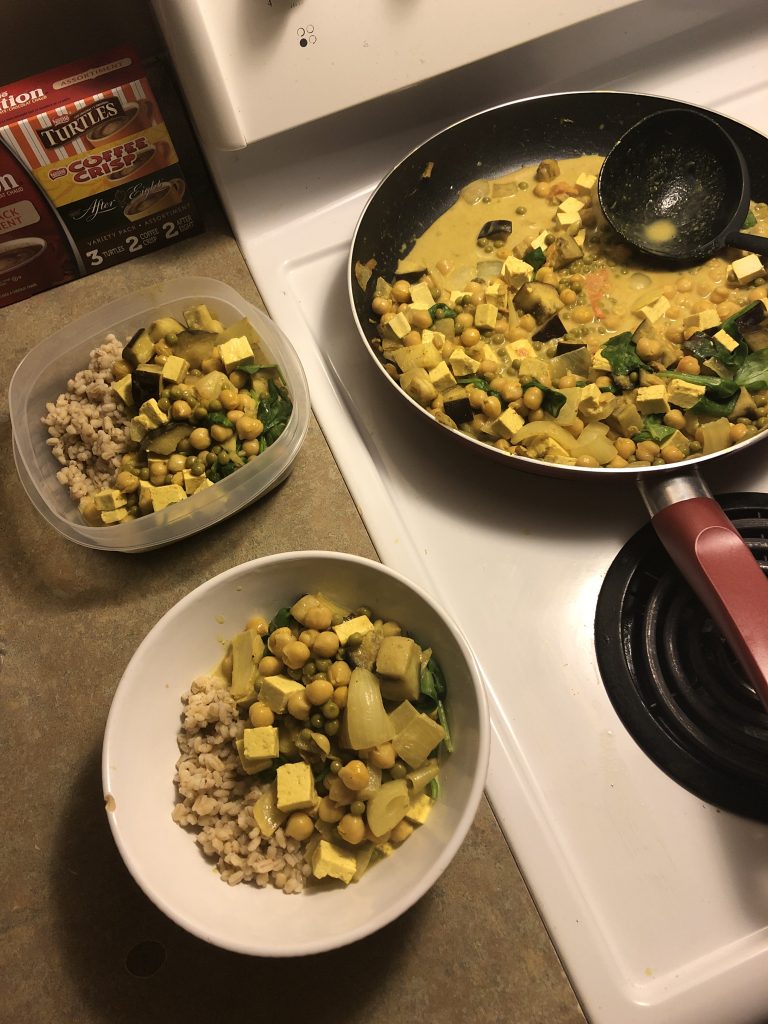
Lastly, the new guide asks consumers to be critical of where they are putting their money. Here’s an interesting quote I read in an article discussing the food guide:
Remember that food marketers’ job is to sell food. It’s not to protect your health, and consider that too as there are inevitable criticisms launched by the food industry about this non-industry friendly food guide.
What I believe this is saying is that food companies are not doing us a favour when labelling things “low/no fat,” “sugar free” and other diet-y labels. They are just making money in the diet market that is booming right now. They don’t care about what you are eating, so long as it is something that they are making. Let people think they are being healthy by eating the sugar-free, dairy-free, gluten-free whey protein bar with an ingredient list longer than my to-do list in the middle of the semester. They are only doing what is best for them, and Health Canada is now trying to build our awareness of their scheming ways.
Final thoughts
All of this is to say that the new Canadian food guide has its ups and downs. While it definitely has made some progressive moves towards a more socially and environmentally sustainable lifestyle, there is still a long way to go and many factors that are still being overlooked. We can’t achieve a sustainable food system until we learn how to create a system that is inclusive, representative and realistic.
I have a feeling that the guide will be updated and revised as Health Canada receives more and more backlash towards some of its changes. Maybe they will listen to consumers, maybe they won’t. Only time will tell. The major takeaway is that you should take information with a grain of salt. If something doesn’t seem realistic or “right” to you, you do not have to follow it (unless it’s a law).
It’s your life, do what makes you happy; eat what makes you happy. Just remember to get some balance in your diet, make sure to give your body what it needs and to move it regularly, and if something is culturally/traditionally appropriate for you and makes you happy, then do it. Just be you.
If you enjoyed this post, you will definitely like these ones:
- What is Community Supported Agriculture (CSA)?
- Organic versus local: Which is better?
- The truth about farmers markets
- How to eat sustainably in the winter
- 5 easy, healthy and sustainable ways to eat well on a student budget
- What’s the deal with almond milk?
That is all for this post. I hope you all have a great week!
Until next time.

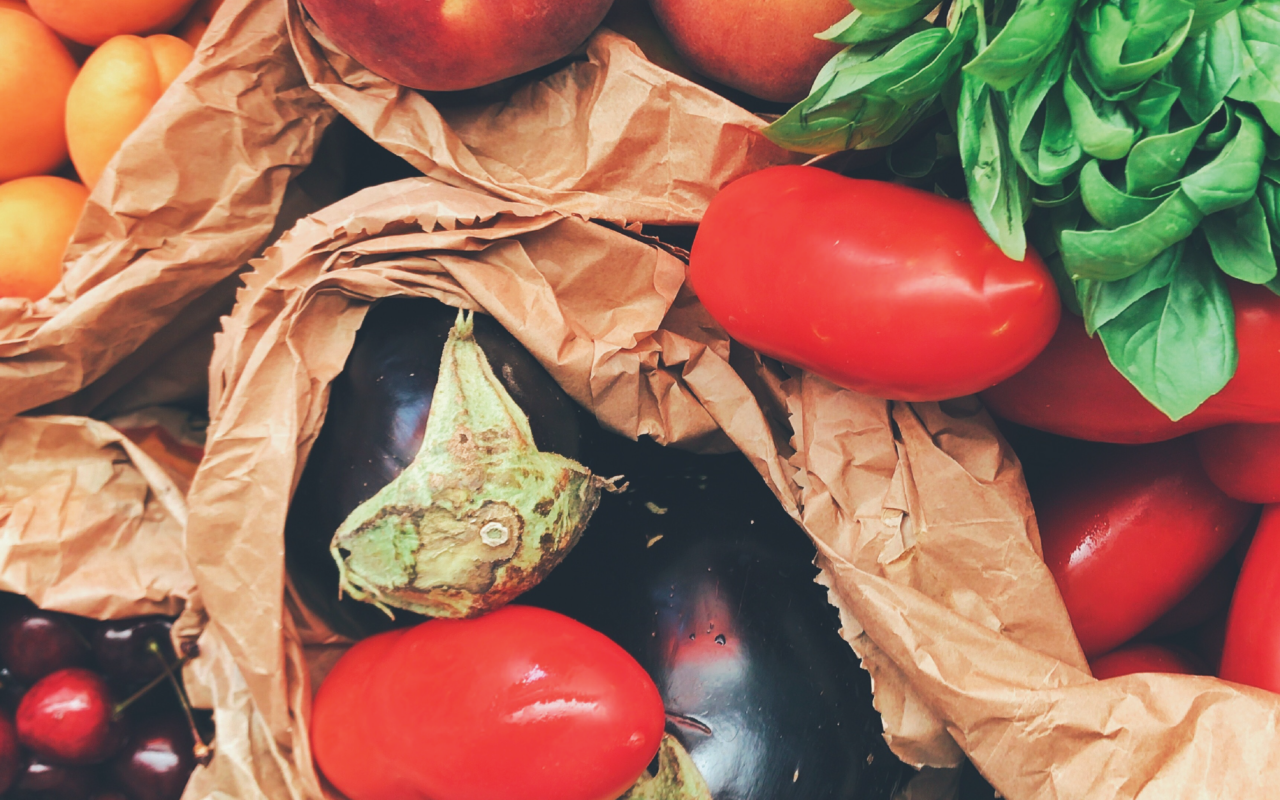

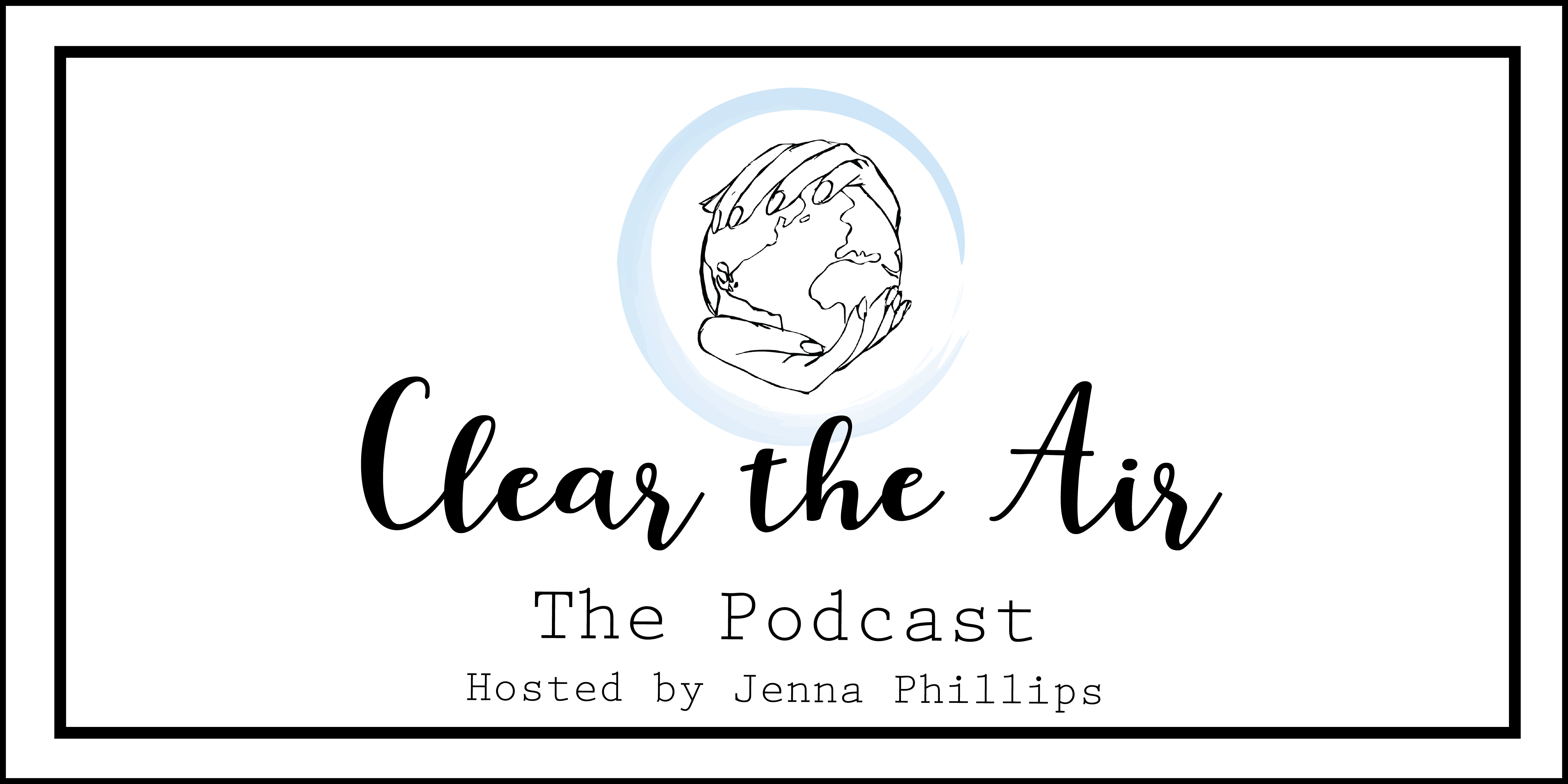

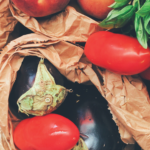
Thank you for sharing excellent informations. Your web-site is very cool. I am impressed by the details that you have on this blog. It reveals how nicely you understand this subject. Bookmarked this website page, will come back for extra articles. You, my pal, ROCK! I found just the information I already searched everywhere and just couldn’t come across. What a perfect website.